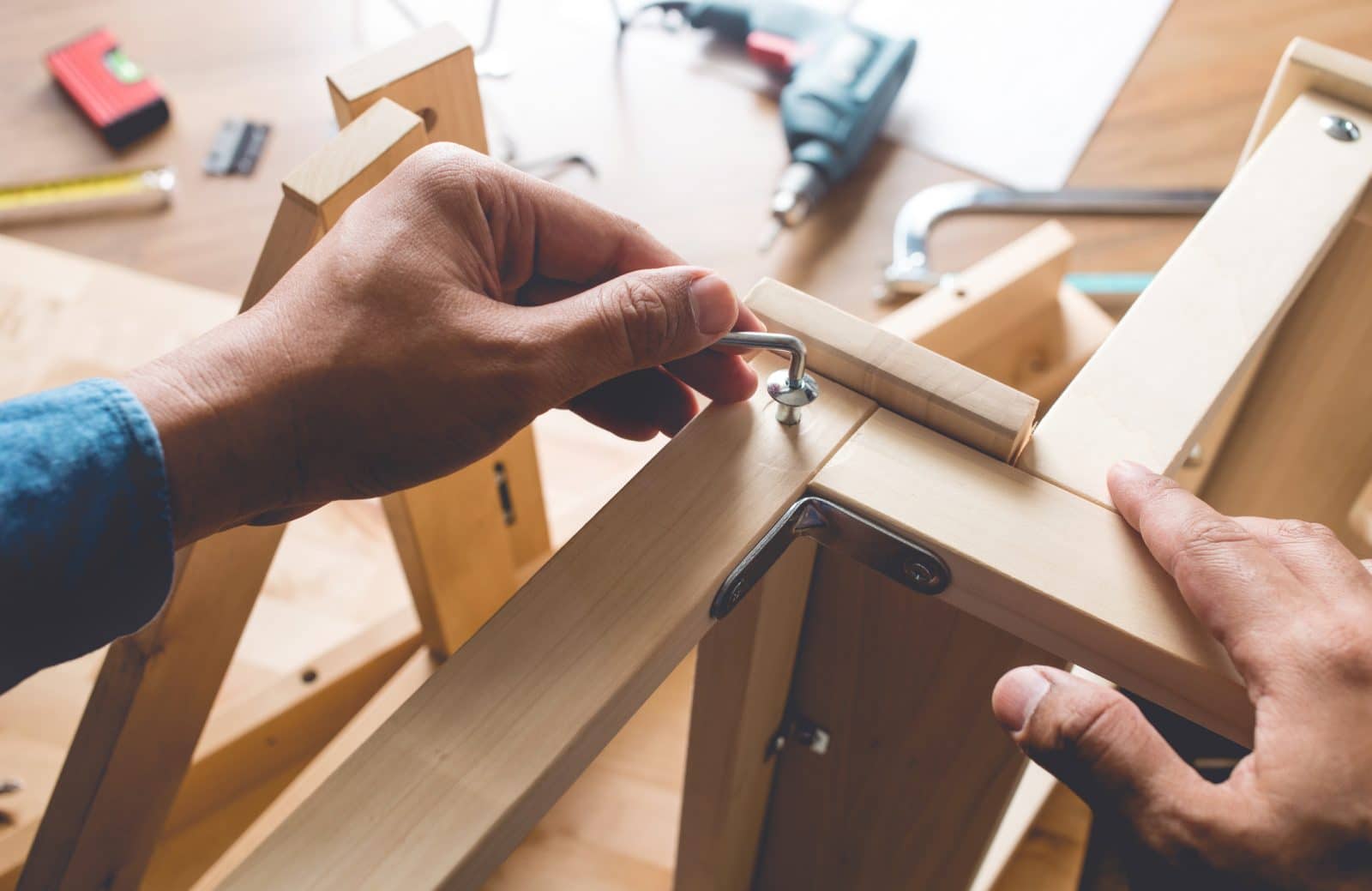Flat-pack furniture is a cost-effective, space-saving, and convenient solution for modern living. However, furniture assembly in NYC is quite hectic, especially if you’re concerned about potential damage during the process. Following these essential steps and tips to ensure a smooth assembly while keeping your furniture intact.
Prepare Your Workspace
Before you begin, choose a spacious and clean area to work in. A soft surface like a carpet, rug, or blanket can prevent scratches and dents on furniture pieces. Keep pets and small children away to avoid distractions and potential accidents. Ensure adequate lighting so you can clearly see all parts and instructions. If possible, work near a power outlet in case you need to use an electric tool.
Another important aspect of preparation is wearing comfortable clothing and safety gear if necessary. Avoid loose sleeves or accessories that may get caught in moving parts. If the furniture is particularly heavy, having a partner assist in lifting and positioning components can prevent strain and potential injuries.
Check the Inventory
Open the package carefully and take out all the parts. Use the instruction manual to verify that you have received all necessary components, including screws, dowels, and brackets. Missing parts can hinder the assembly process, so contact the manufacturer if anything is missing.
Lay out all pieces in an organized manner. Sort screws, bolts, and other small components into separate containers or labeled sections. Doing so will help prevent losing crucial pieces and make it easier to identify what you need at each step. Taking a quick photo of the part list and components can also serve as a reference if you need to reach out to customer support.
Also Read: How to Choose Between Flat-Pack and Pre-Assembled Furniture
Gather the Right Tools
While many flat-pack furniture sets include basic tools like an Allen key, you may need additional equipment for a smoother process. Recommended tools include:
- A screwdriver set (both flathead and Phillips)
- A rubber mallet (to avoid damaging delicate parts)
- A cordless drill with adjustable torque settings (to speed up screwing but prevent overtightening)
- Measuring tape and level (to ensure proper alignment)
- Clamps (for keeping pieces in place while securing them)
- A pencil or marker (for marking placements)
A power drill speeds up the assembly, but it’s essential to use it carefully. Set it to a low torque to avoid overdriving screws, which can strip the holes or damage the material. A manual screwdriver can be used for final tightening to ensure precision without excess force.
Follow Instructions Carefully
Read the instruction manual thoroughly before starting. Identify each part and visualize how they fit together. Follow a step-by-step approach, assembling the furniture in the exact order specified in the guide. Skipping steps can lead to instability and potential breakage.
Some instructions may not be entirely clear, so it’s helpful to look for video tutorials online if needed. If there are language barriers or vague diagrams, check the manufacturer’s website or user forums for additional guidance. Paying attention to the orientation of parts before securing them will prevent common mistakes, such as installing panels backward.
Assemble with Care
When connecting pieces, avoid overtightening screws as it can strip the material or cause cracks. Use a rubber mallet to gently tap pieces into place rather than forcing them. If any parts feel too tight or misaligned, double-check the instructions before applying pressure.
Avoid working on a hard surface like concrete, as it increases the risk of damage if a part falls. If necessary, place a protective sheet or cardboard underneath the workspace. For delicate surfaces like laminated wood, using felt pads or soft cloth while assembling can prevent scratches.
Work in Stages
Rushing the process can lead to mistakes and damage. Take your time and assemble in stages, ensuring each component is secure before moving on to the next. If the furniture has drawers or doors, install them last to prevent misalignment.
If your furniture is large, consider assembling it in the room where it will be placed. Moving an assembled piece through narrow hallways or doors can result in damage. Breaking down the assembly into manageable sections and attaching them later can be a practical approach.
Secure Joints Properly
Some furniture pieces require additional reinforcement to maintain stability. Use the provided brackets, screws, or wall mounts to secure the furniture firmly. If the unit is top-heavy (such as a bookcase), anchoring it to the wall can prevent tipping hazards.
Check if the furniture has pre-drilled holes for brackets. If not, carefully measure and mark placement points before drilling. If you’re working with particleboard or MDF, ensure you don’t drill too deep, as these materials can crack easily. When securing wall-mounted units, make sure to use appropriate wall anchors suitable for your wall type (drywall, brick, or concrete).
Double-Check for Stability
Before using the furniture, gently shake it to check for any loose parts. Tighten any screws if necessary and ensure that all components are aligned correctly. If the furniture wobbles, adjust it accordingly to achieve balance.
If the furniture includes leveling feet or adjustable hinges, fine-tune them to ensure doors and drawers open smoothly. Applying furniture wax or lubricant to moving parts can improve functionality and reduce friction.
Contact Furniture Assembly NYC to Assemble Flat Pack Furniture
If you need professional assistance assembling your flat-pack furniture, Contact Furniture Assembly NYC for quick and reliable services. Our experienced team ensures hassle-free assembly, preventing damage to your furniture while saving you time and effort. Whether it’s IKEA, Wayfair, or custom furniture, we handle all brands with precision. Call us today and schedule an appointment.




